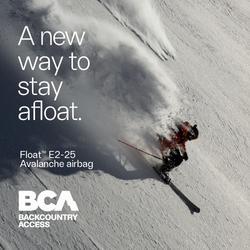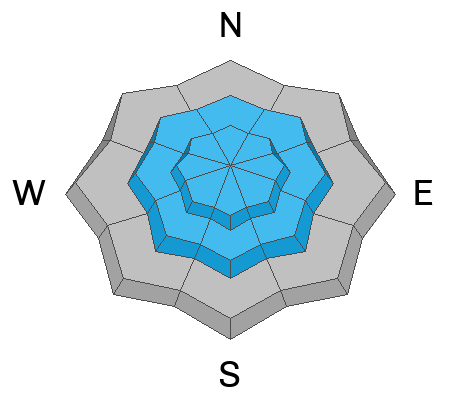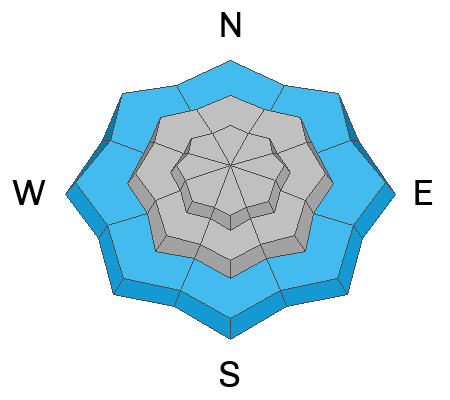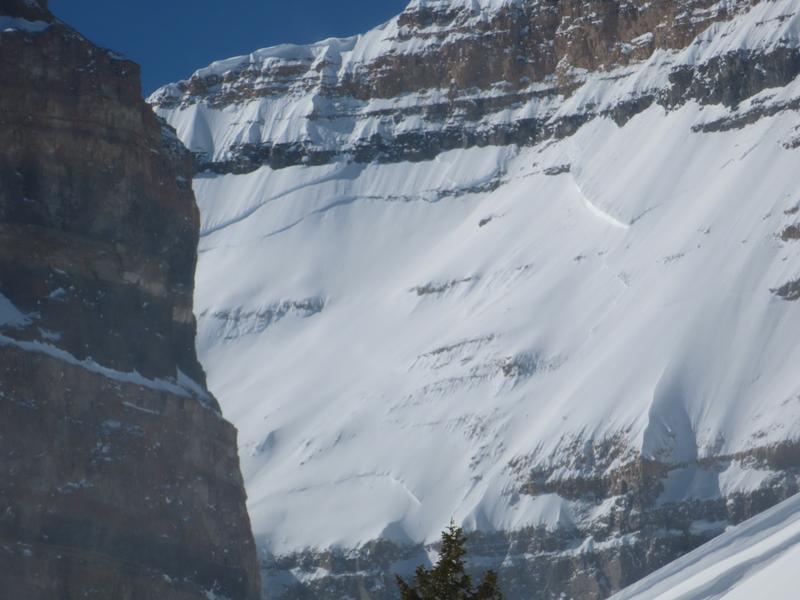Forecast for the Provo Area Mountains

Issued by Dave Kelly on
Wednesday morning, March 6, 2024
Wednesday morning, March 6, 2024
Today, there is a MODERATE avalanche danger on mid and upper elevation steep terrain where it will be possible to trigger 1-2' thick soft and hard slabs of wind drifted snow. The avalanche danger is LOW in lower elevation terrain.
Watch for and avoid sluffing of the newest snow in steep terrain at all elevations on the shady side of the compass, and avoid wet snow with afternoon warming at lower elevations.
Watch for and avoid sluffing of the newest snow in steep terrain at all elevations on the shady side of the compass, and avoid wet snow with afternoon warming at lower elevations.
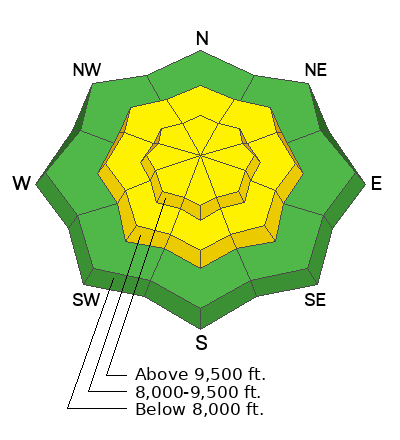
Low
Moderate
Considerable
High
Extreme
Learn how to read the forecast here



